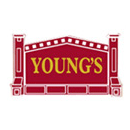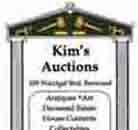

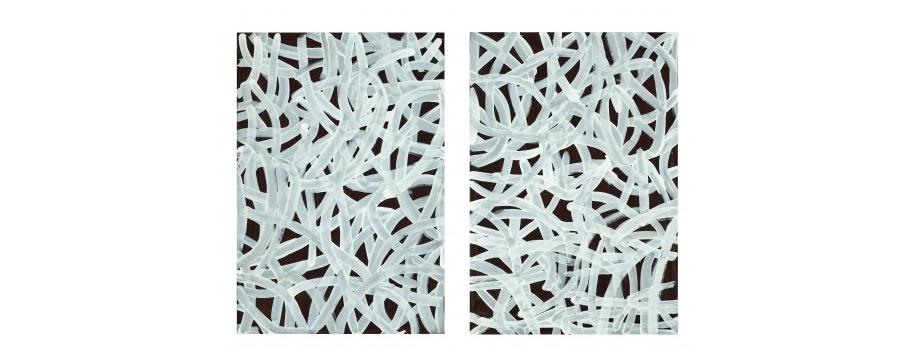
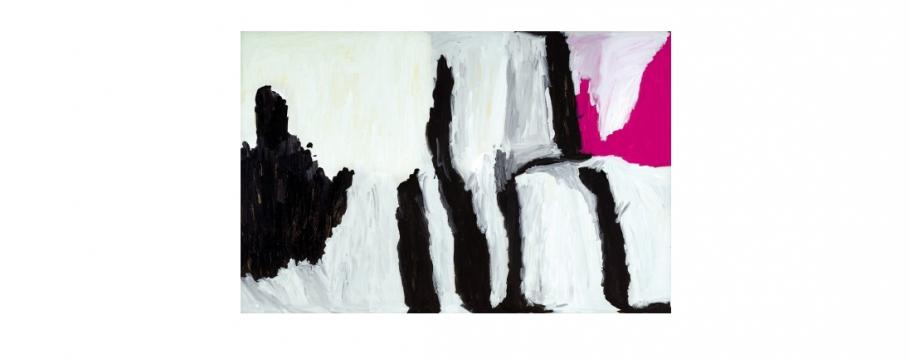


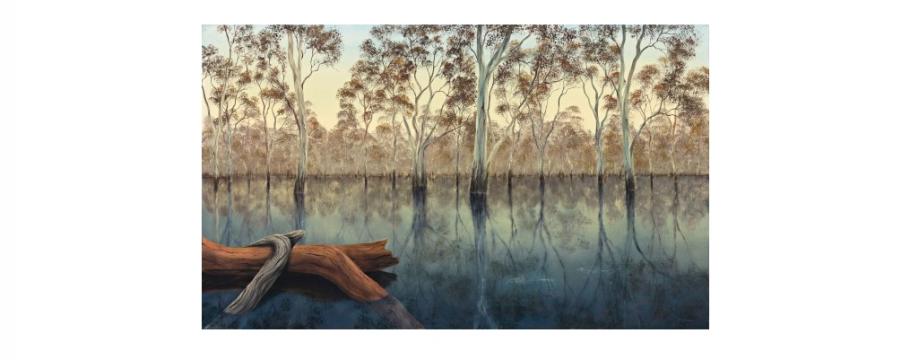

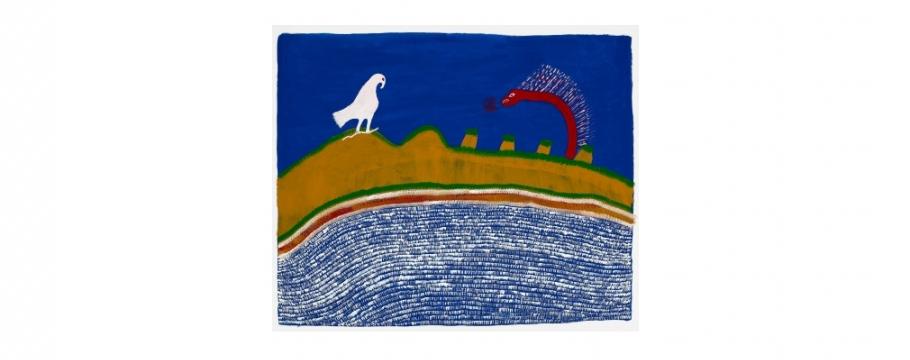

Australian indigenous art attracts strong auction interest
Author: Richard Brewster | Posted: 14th March, 2023
The ability of artists like 70-year-old John Mawurndjul to transform Kuningku bark painting – pioneering a new interpretation of clan sites and inspiring the next generation of bark painters – could be one of the reasons for the strong international and local interest in Australian indigenous art as more collectors become aware of the genre.
Deutscher and Hackett indigenous art specialist Crispin Gutteridge points to the fine detail of Mawurndal’s work entitled Ngalyod, Rainbow Serpent, 1999 as a departure from previous more abstract designs to illustrate this trend.
The work is featured on the front catalogue cover of the auction house’s forthcoming Important Australian Indigenous Art sale from 7pm Wednesday March 22 at 105 Commercial Road, South Yarra and is listed as lot 20.
While some of Mawurndjul’s other paintings reflect this development, it is in his renditions of Ngalyod, the Rainbow Serpent that the evolution is most evident.
“An omnipotent and significant creature in Kuninjku cosmology, Ngalyod is associated with the creation of all sacred sites in Kuninjku clan lands,” according to the catalogue description.
Gutteridge says this auction of 73 paintings is a selection of the best works to come onto the secondary market in the past six to 12 months.
He stresses the importance of the first 19 auction lots which detail works by significant Australian indigenous women artists such as Emily Kame Kngwarreye (c1910-1996) with Untitled, 1995 (lot 6) and lot 7 – which comprises Untitled (Yam Dreaming I) and Untitled (Yam Dreaming II) both painted in 1995.
Another woman of note is Mirdidingkingathi Juwarnda Sally Gabori (c1924-2015) whose work Ninjilki, 2008 is listed as lot 5.
Gabori’s paintings are a tribute to Bentinck Island, a small sparsely vegetated piece of land in the southern Gulf of Carpentaria, where she grew up in the traditions of the Kaiadilt.
Following a series of natural disasters, in 1948 she and other island inhabitants were forced to relocate to nearby Mornington Island.
In 2005, and by now in her early 80s, Gabori was able to participate with fellow Kaiadilts in a Mornington Island Art Centre workshop – where it became evident that her early paintings, often crude depictions of fish in estuaries and seas around Bentinck Island, revealed a unique and colourful expression of personal and family stories in those youthful years.
Two paintings by Nongirrna Marawili – Baratjala, 2018 (lot 1) and Baratjala, 2020 (lot 4) also are worth mentioning as great examples of Yolni bark painting, whose innovation and development has exploded over the past two decades.
At $180,000-$250,000, Lin Onus’s (1948-1996) Deep Water (Matong), 1995 (lot 21) is the most expensive estimated painting in the auction.
It features the Barmah Forest (the artist’s ancestral and spiritual home) from the Victorian side of the Murray River where Onus would sit on the banks looking at the giant trees reflected in the mirrored waters listening to his uncle talk about Koori heritage and river stories.
The son of a Scottish mother and Yorta Yorta man from the Cummerangunja Aboriginal mission near Echuca, Onus described himself as a cultural mechanic combining European and Aboriginal heritages to relate these narratives through such important paintings – a 1994 version of which is now in the Australian Heritage Commission collection in Canberra.
Rover Thomas (Joolama) (1926-1998) and Ginger Riley Munduwalawala (c1936-2002) are other famous Australian indigenous names to feature in the auction with respective works such as Yelda, Well 33 on the Canning Stock Route, 1989 (lot 23) and Angry Bulukbun, 1990 (lot 22).
Another interesting work is Charlie Wartuma (Tarawa) Tjungurrayi (1921-1999) Untitled (Men’s Ceremony), 1972 (lot 24).
